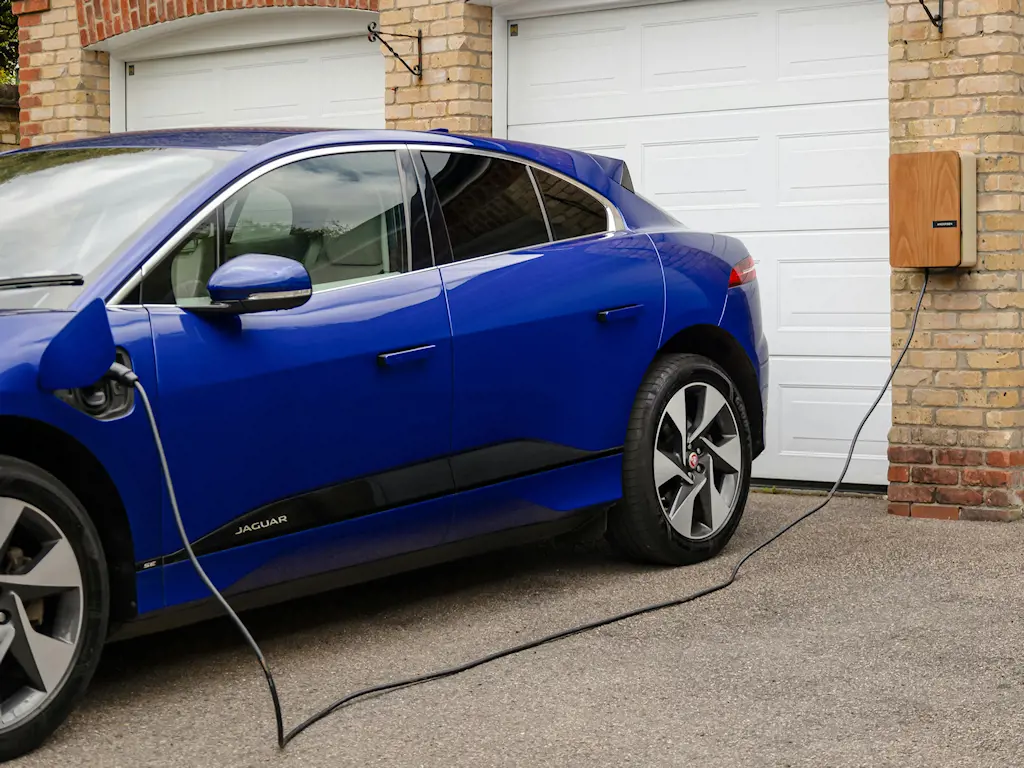
When Cars Meet Homes: Real Estate and Mobility in a Changing Market
Last week, I had the pleasure of speaking alongside Lucian Cook, Head of Residential Research at Savills, at an exclusive event hosted at the Royal Automobile Club. The audience – a curated group of automotive and property professionals – gathered to explore the powerful connection between the two most significant purchases most of us will make in our lifetime: our homes and our cars.
Lucian opened with a compelling deep dive into the macro trends driving the UK residential market, drawing fascinating parallels between house transactions and vehicle registrations. These two seemingly separate sectors move in surprising synchronicity. Peaks and troughs in housing activity are often mirrored by car registrations, suggesting broader consumer confidence and access to finance underpin both.
Correlations and Aspirations
One of Lucian’s most striking insights was the spatial relationship between property values and preferences for car brands. Using postcode-level data, Savills revealed that luxury car registrations cluster heavily in the UK’s wealthiest areas. For example, districts like SW7 in South Kensington or GU25 in Virginia Water show super-luxe car registrations of over 250 per 1,000 housing transactions, often alongside homes priced well above £1 million.
It’s not just about wealth – it’s about aspiration. As Lucian put it, the dream of a home and a car still defines many lifestyle decisions, especially in the prime market. Nearly 21% of individuals intending to purchase homes over £2 million also plan to buy an EV in the next two years. This isn’t just an environmental trend; it’s a reflection of lifestyle alignment and a desire for modernity.
What the Automotive Sector Can Learn
Building on Lucian’s work, I shared a perspective from within the mobility investment landscape. At Cambria Private Capital, we utilise the CASE framework to evaluate industry transformation, encompassing Connected, Autonomous, Shared, and Electric. While each element is evolving, it’s electricity that’s currently dominating boardrooms and policy discussions.
Yet, despite EV registrations in the UK reaching over 355,000 in the year to June 2024 – an 8% year-on-year increase – adoption remains concentrated. Most growth is in higher-value postcodes where off-street parking and charging access is more straightforward. In short: EVs are thriving in the same areas as premium homes.
This overlap creates an essential opportunity for joined-up thinking in infrastructure, planning and retail. If you’re developing residential real estate, EV charging capability is no longer a ‘nice-to-have’ – it’s a competitive differentiator. Savills’ research found that 31% of buyers would be more likely to purchase a home with charging infrastructure and be willing to pay more for it.
Dealerships as Real Estate Assets
Another shared theme is the shifting role of physical assets. In automotive, dealerships are transforming from transactional showrooms into service hubs and brand experience centres. This reinvention aligns with the current trend in residential development: the rise of mixed-use, flexible, and experiential property development.
There’s a reason real estate investors are paying attention to mobility. Charging hubs, V2G (vehicle-to-grid) systems, and fleet electrification all require a new approach to space utilisation. And Chinese brands entering the market – such as BYD and NIO – are creating retail footprints that challenge the traditional dealership model, putting further pressure on legacy brands to innovate both digitally and physically.
A Shared Zero Carbon Challenge
Perhaps the most thought-provoking overlap between Lucian’s and my presentations was the shared environmental imperative. Residential combustion and passenger car emissions each account for around 14–15% of the UK’s total carbon output. Net zero cannot be achieved by any single sector alone.
That’s why we need joined-up strategies – incentives that promote green home upgrades alongside EV adoption, investments in shared infrastructure, and policy frameworks that support decarbonisation across sectors.
The Road Ahead
What became apparent during the event is that the interplay between housing and automotive markets isn’t just statistical – it’s profoundly behavioural and increasingly strategic. Whether you’re a homebuyer in Sandbanks or a car buyer in Knutsford, your decisions about where you live and what you drive are intertwined.
For investors, developers, dealers and policymakers, this means we must look beyond silos. Real estate and mobility are converging. The businesses that understand this – and act on it – will be the ones that capture the value in this next wave of transformation.
Have a great week!
